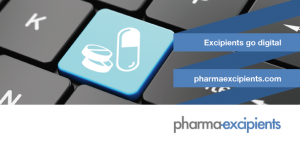The Utilization of Propylene Glycol as a Pharmaceutical Excipient in the Pediatric Field
As a widely used excipient in pediatric formulations, propylene glycol functions as a solvent, emulsifier, humectant, and hygroscopic agent. It is a clear, colorless liquid whose properties enable it to have pharmacodynamic applications. Oftentimes, propylene glycol is combined with other mediations to enhance its penetration. For instance, a combination of 20% propylene glycol and 5% lactic acid in a semiocculusive cream base is used as a highly effective and well-tolerated keratolytic in patients with lamellar ichthyosis and possibly could be in various other hyperkeratotic diseases. Unfortunately, though to a lesser degree, this excipient is associated with toxic effects such as hyperosmolality, hemolysis, and lactic acidosis. Also, in concentrations greater than 10%, propylene glycol may act as an irritant in some patients (“Health Effects” 2). From a pharmacokinetic viewpoint, there is a potential of renal toxicity associated with propylene glycol and lorazepam. The high concentration of propylene glycol contained in certain intravenous drug products, such as phenytoin, diazepam, digoxin, and etomidate, may induce thrombophlebitis. Here, the patients’ increased serum creatinine concentrations are likely to have resulted from exposure to propylene glycol due to lorazepam infusion. Serum osmolality and osmol gap may be useful markers for propylene glycol toxicity. Much like the above mentioned applications, through its chemical composition, propylene glycol has the ability to exert a beneficial effect on pediatric formulations (Webbook 5).


